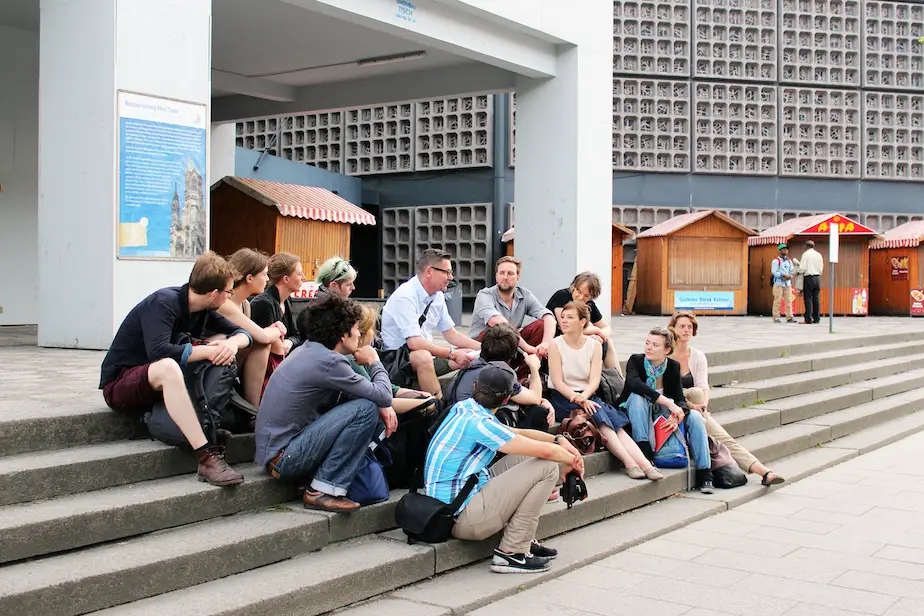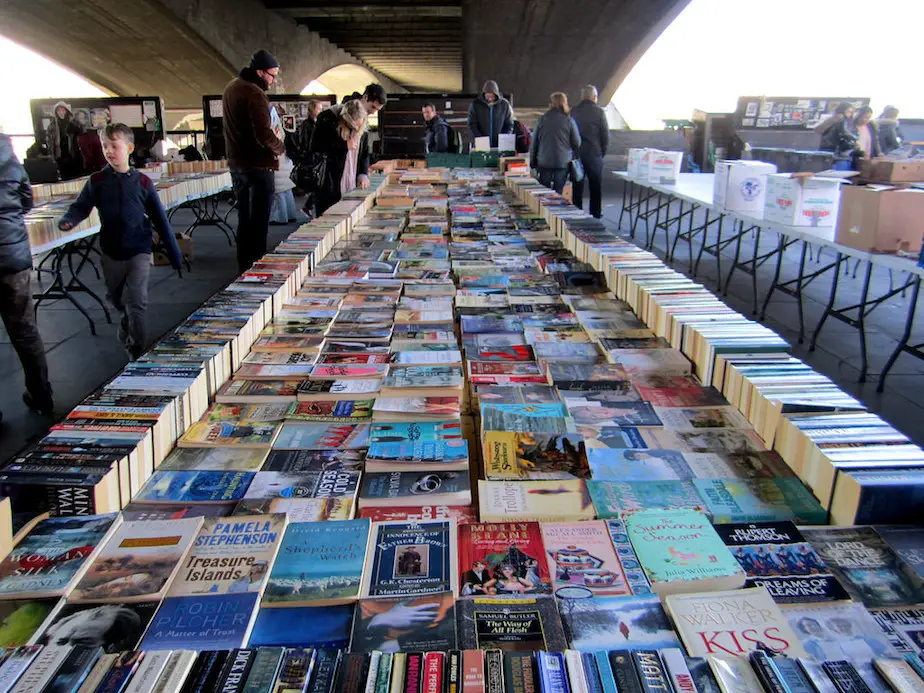Buffalo Falls or Detroit One: New Urban Monikering in the Global Economy
Cities in the near future will rely more and more on engaging and selling their communities’ opportunities upon the global market place. Investors and entrepreneurs will become more globally fixated and people will gradually gravitate to communities that provide confidence for their various investments.
Several years ago I proposed changes in urban planning and investment that would reinvent the dilapidated and unsuccessful city of East St. Louis, Illinois, USA and encourage a rebirth of that poor community across the Mississippi River from St. Louis, Missouri, USA. It had some positive new developments and a great deal of new government programs that brought jobs and new housing to their neighborhoods.
However, a fact I pointed out to their leadership at the time was that if they became successful and were able to reinvent their city, they needed to drop their most prominent “baggage” of the past, their community’s soiled name. I researched some positive new monikers that would be appropriately based on their heritage and location. “Grand Marias”, a name of their past French heritage, would provide a new urban market moniker for future investors and residents. The city would no longer use the loser city title of East St. Louis, but become “Grand Marias, Illinois”.
Grand Marias, Illinois
A new identity would allow the past to fade away. The sad ending to this story was that the leadership was not capable of a successful urban renewal, and Grand Marias was never given the chance of being born.
The promotion of our country’s early urban areas, which were small villages in our nation’s youth, was typified by the naming of towns with positive monikers, such as “Greenville”, “Sweetwater”, or “Springfield”. The moniker of Springfield evoked an area of productivity, fresh spring water and flourishing fields of agriculture, just beaming with optimism. It beckoned investment from the new immigrants from Europe; an early version of America seeking an interface with the global economy.
There are actually thirteen cities by the name of Springfield in the United States, of course two of the most popular are, Springfield, Illinois of Lincoln fame; and the Simpson’s Springfield of television fame. An early American version was that of Springfield, Massachusetts, named by early progressive colonists beckoning investors away from the eastern seashore and into the western back country of New England.
Buffalo Falls, New York
A few years after the East St. Louis project, I was brought to Buffalo, New York, USA to investigate how that community may move into its urban future. Buffalo had a progressive and energetic past at the turn of the nineteenth century, being a global urban leader with electrifying successes. In subsequent decade’s industrial movement on to greener pastures, and entrepreneurs venturing further westward and southward, Buffalo had become one of America’s Rust Belt cities. What I had found on my visit was that the community was striving upward with some successes, but still held onto its “Buffalo-Rustbelt” image with worldwide investors.
Actually, the day of my visit in early October, the first snow had fallen for that year. “Can we change the weather here?” I asked immediately. “It may help somewhat” I offered with a chilling observation. It was pointed out to me by a local economic development leader that Toronto, Canada was even farther north and was a vastly successful urban area, so weather was a non-factor. My visit was enjoyable; I saw a possible urban success story taking place south of Toronto on the shores of Lake Erie in western New York.
My most memorable side trip that week was to visit one of the world’s phenomenal natural wonders, Niagara Falls, which happens to be placed in-between Toronto, Canada and Buffalo, New York, USA. It was like the region’s energized power source with the possibility of attracting global investment along with global visitors. Buffalo’s new global moniker to shout out its new step forward would have to include those magnificent falls. Thus “Buffalo Falls” would be offered as the regions new star city moniker. “What a refreshing new name possibility for our city” mentioned a current community promoter. I admitted that it may take a few years to have
this change be embraced by Buffalo’s leadership, if at all. However, every time I saw the moniker on the wall over my desk, it brought back the positive images of a unique North American city; a city I would now consider for global investment.
Detroit One
Just last year a friend had called inviting me to partake in an adventurous fishing expedition to the wilds of Minnesota and Michigan. It was a wonderful road trip and actually I was able to catch my share of walleye and bass. Always the urbanist, I made sure my excursion included my destination air flight through Detroit, Michigan where we would rent an SUV for our trip. However, first, I wanted to traverse the wilds of the world’s motor city, another American urban success story of the early twentieth century which had gone awry.
The many dilapidated neighborhoods and districts of this large city with its abandoned burned out homes and weed strewn vacant lots brought tears to my eyes. I doubted what guidance that past urban planners or urban leaders had offered Detroit, and it was easily observed that much work and investment would be necessary for Detroit’s urban revival. I kept looking for the small gems that existed today in Detroit in which to build from for the future. They were there; actually, enough were currently present to invite global investors. It would be necessary to buff and shine the still present gems to catch the eyes of future investors.
The other parts of Detroit would have to remain hidden in the near term. Those tear engaging areas would not instill any confidence for investment. They represented heavy anchors that would weigh the city down, not allowing it to raise its head above the urban morass. What I proposed during our discussion over the hundreds of miles to our fishing destination and several cups of coffee, was again to offer an image changing moniker for the one urban gem I witnessed in downtown Detroit, the steel wheel city.
I quickly sketched out some concepts upon an urban planning map I had obtained from the local planning and development office. I arrived at fourteen different urban renewal planning districts within the present City of Detroit. The lone area that did inspire confidence, I named “Detroit One”. My approach would be that as each of the remaining thirteen districts were renovated or reinvented, they would be invited to join “Detroit One”. This process would ensue perhaps over the next twenty years. Every so often newly recreated districts would come onboard to “Detroit One”.
The process would actually reinvent Detroit, and thusly the renovation moniker would be maintained as the new city’s moniker, that of “Detroit One, Michigan” a global city of investment. I was invited by several other urban planners and development associates to their communities. They would offer their own stories of urban renewal or urban demise. They would bring their prideful urban renaissance to my attention, wondering how a name change would help promote the vast renewals they had brought to their communities, and thus allowing the global economy and global investors to look at them in a different light, a brighter light of urban investment and city marketing.


